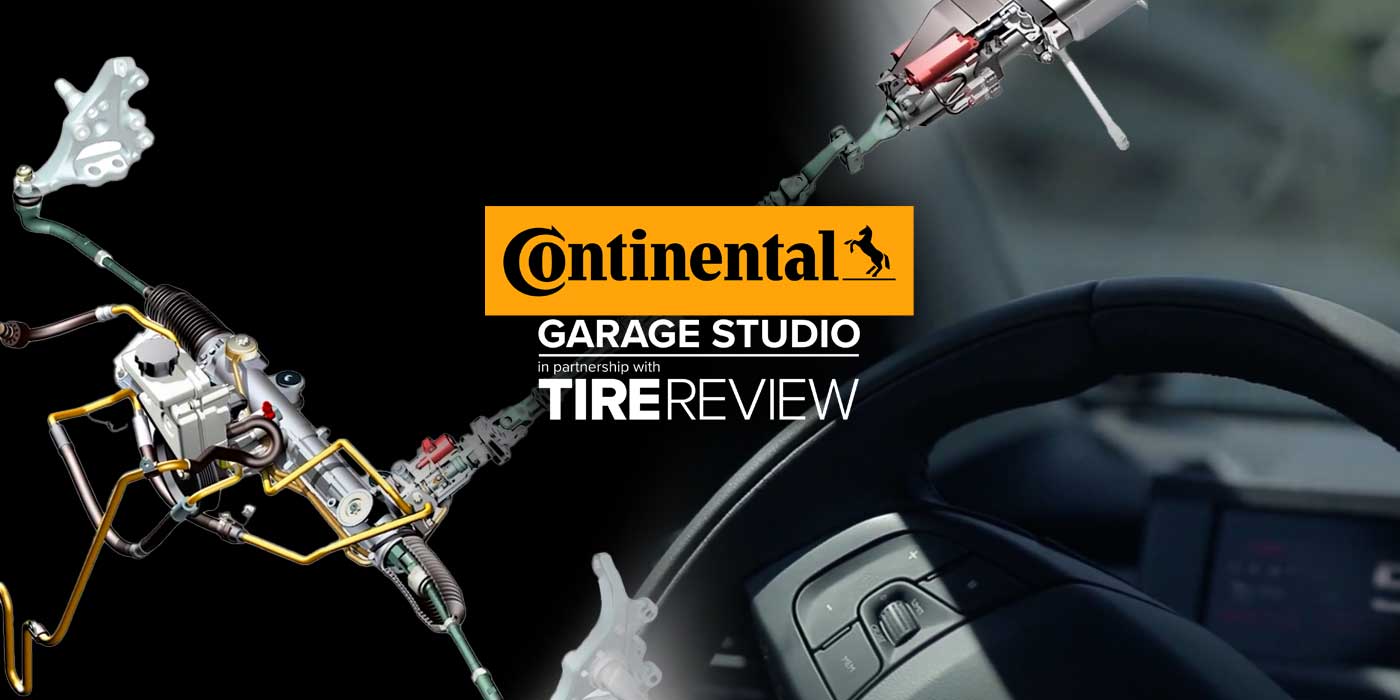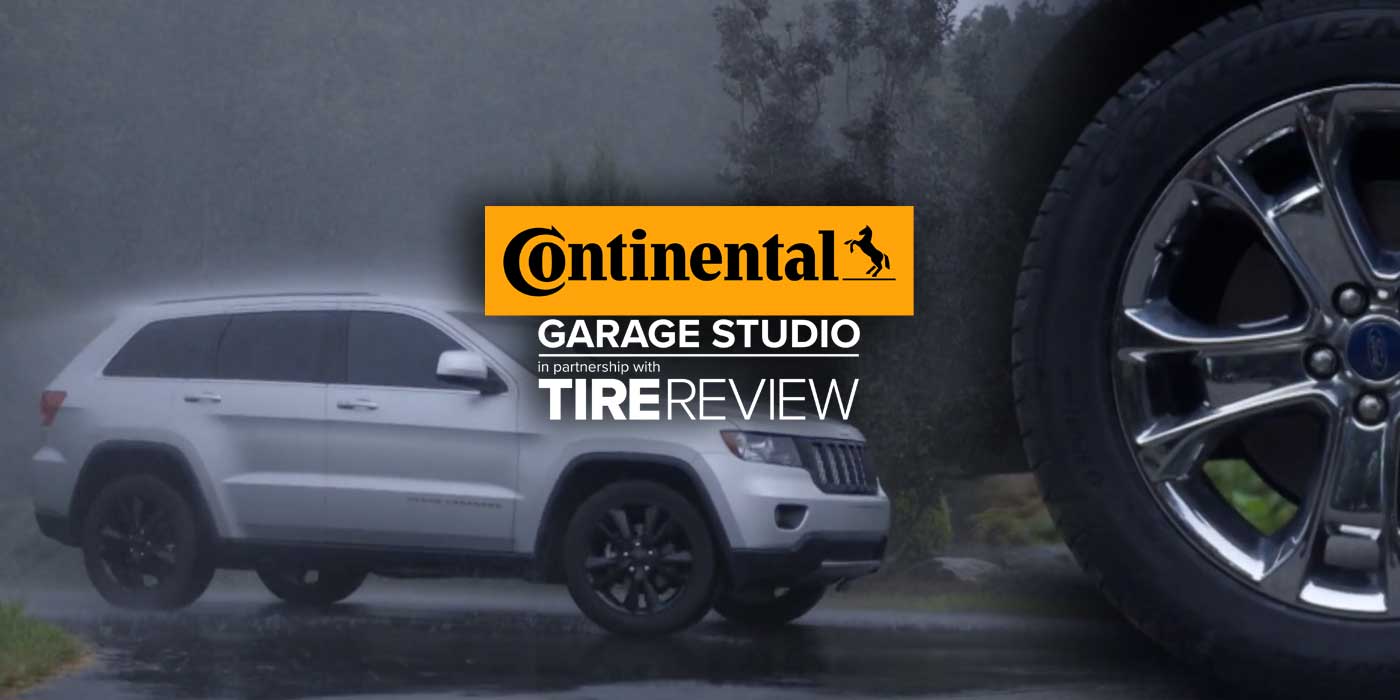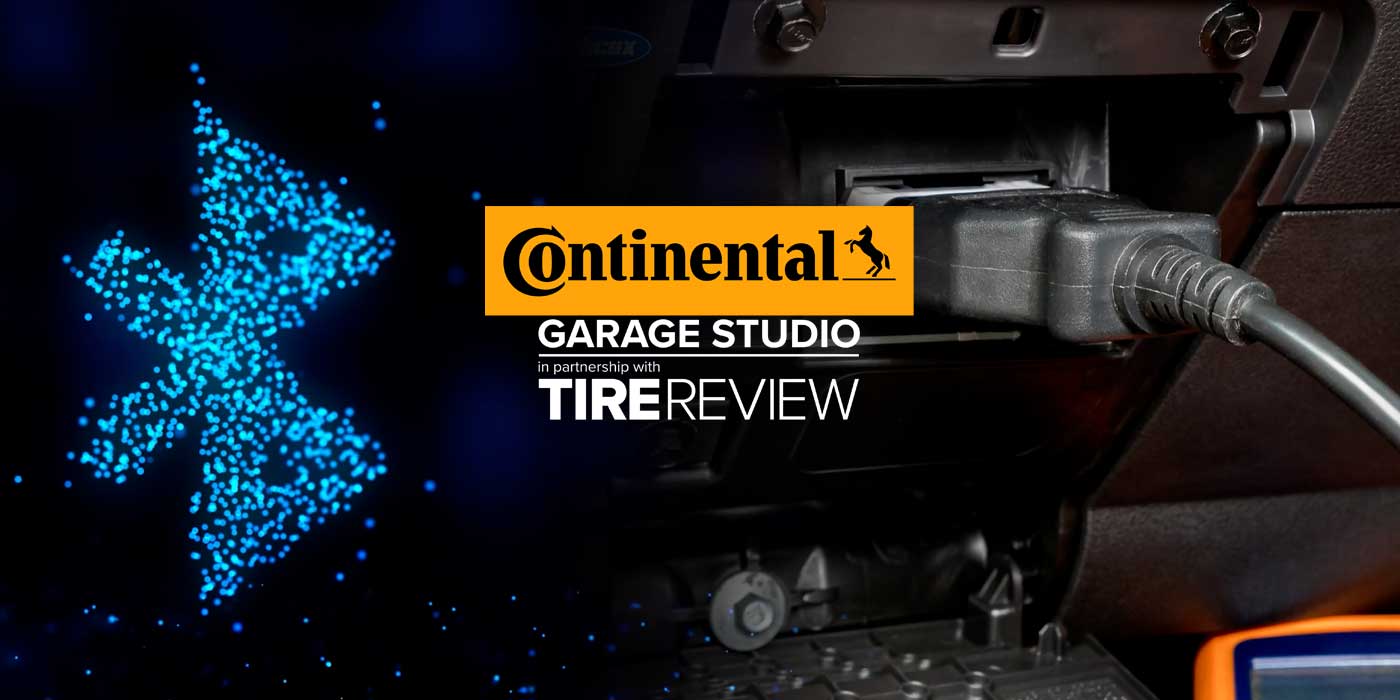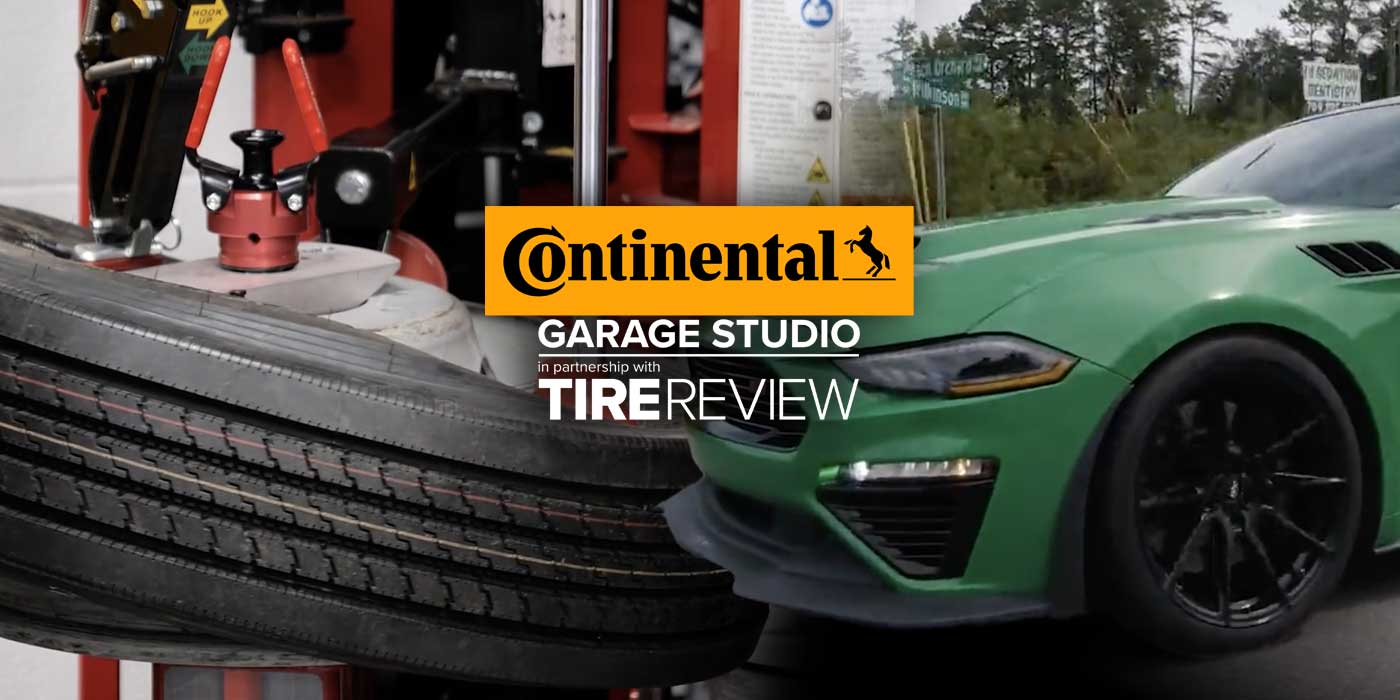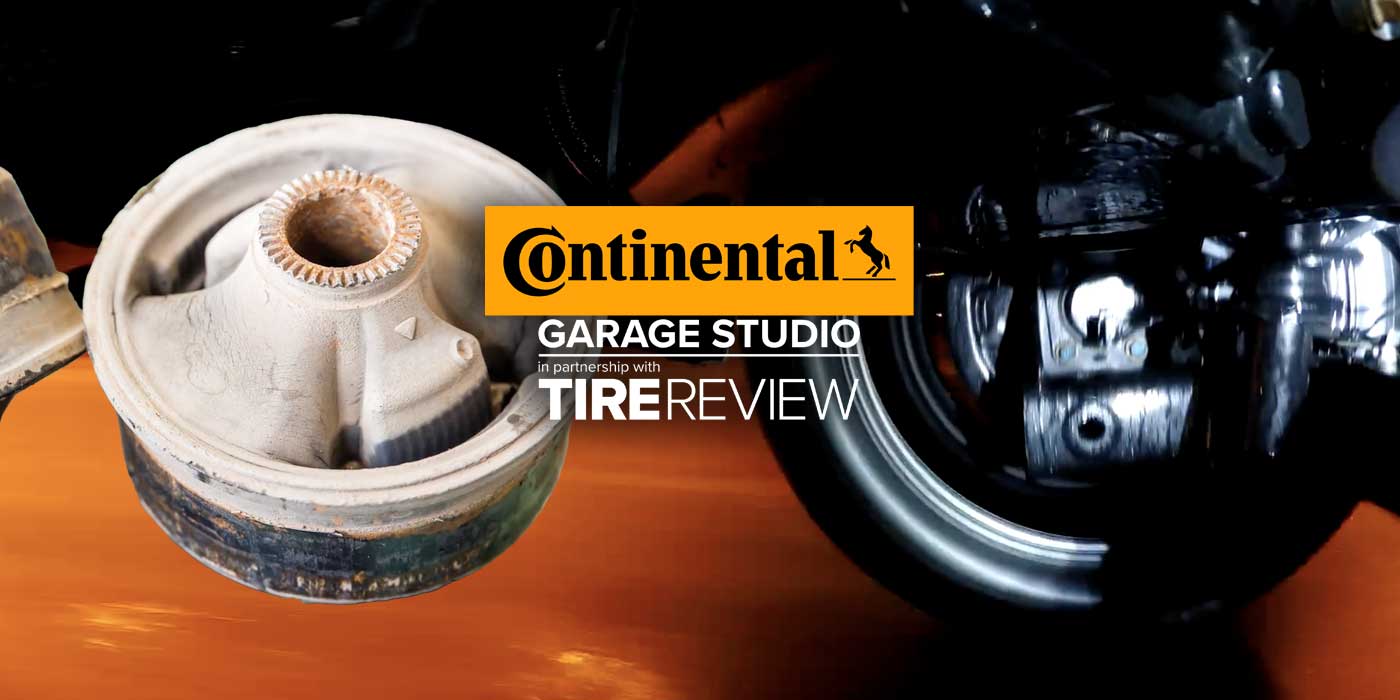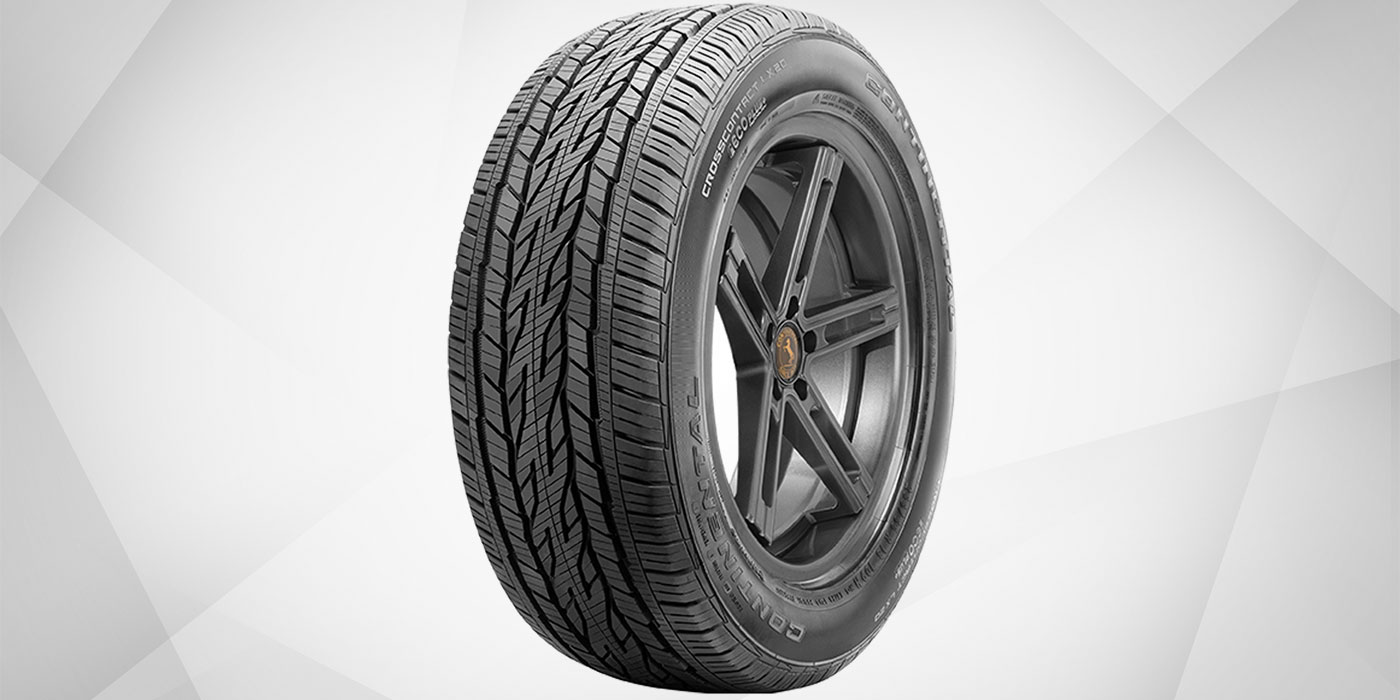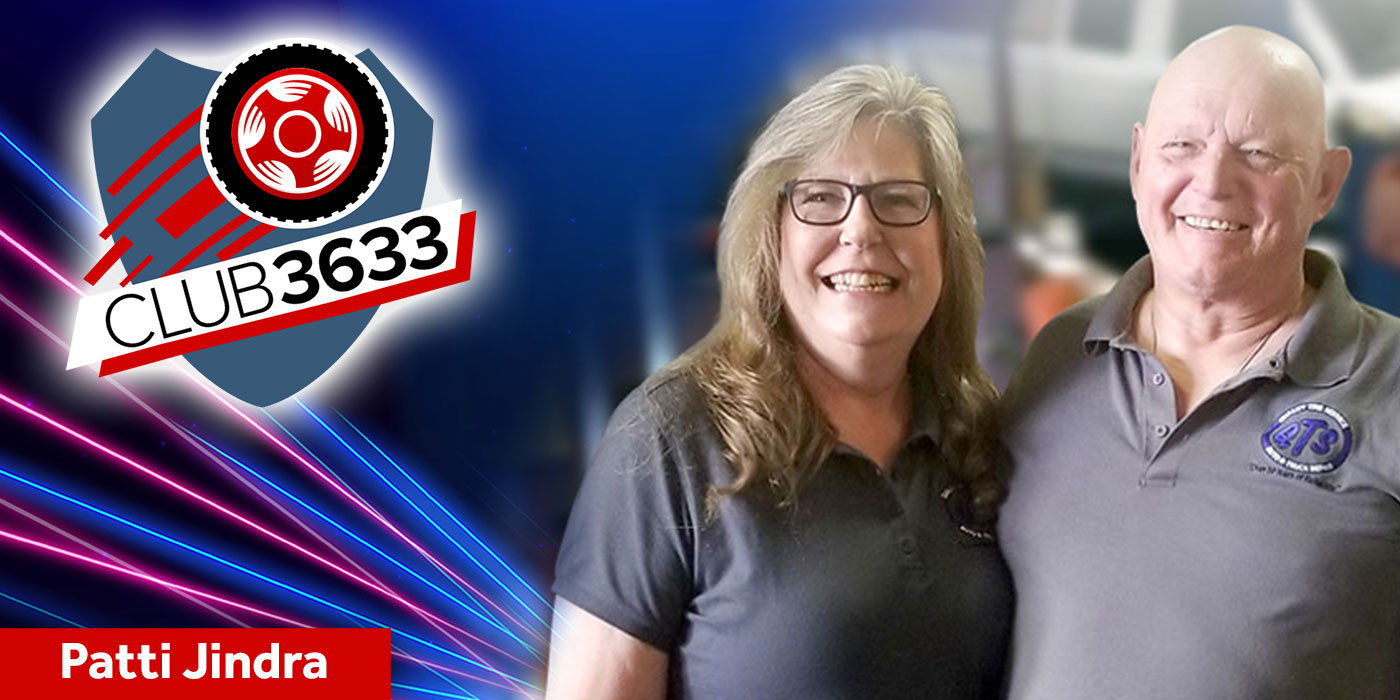Your customers probably rarely ask for a tune-up. What used to be a common request from customers has turned into a relic of a bygone era.
Tasks like adjusting carburetors, fuel systems, and ignition systems are now largely automated by computer systems, and they do a pretty darn good job at it. Because of these automated systems, many people overlook the basic maintenance that’s still required to keep vehicles running smoothly. Maybe tune-ups aren’t dead after all…
Back in the day, tune-ups were popular for a lot of reasons. Fuel systems, especially carburetors, were inefficient and needed occasional adjustments. Spark plugs wore out quickly, requiring cleaning, gap adjustments or replacement. Points in pre-electronic ignition systems wore down, needing regular dwell adjustments and frequent replacements. Components like distributor caps, rotors and wires also required frequent replacements to maintain ignition system conditions. These issues led to noticeable drivability issues in older cars, which meant owners sought tune-ups themselves.
Common replacement items during tune-ups on older vehicles included air and fuel filters, crankcase ventilation filters, and PCV valves, alongside additional services like valve or belt adjustments.
With that being said, modern vehicles still have parts that wear and need to be taken care of.
Modern spark plugs are a vast improvement over their predecessors, mainly because of longer lifespans of up to 100,000 miles. Despite their durability, they still wear out over time. As they do, the car’s computer adjusts fuel mixture and timing for optimal combustion, but this increased workload can lead to premature coil failure. Explain to customers that it’s important to replace plugs before reaching the recommended mileage to avoid potential issues and higher-cost replacements.
Modern ignition systems often utilize a coil-on-plug design, where each spark plug has a coil. These systems still degrade over time and may need replacement and if one coil fails, others will likely follow suit soon. Additionally, the boots connecting the coils to the plugs wear out similarly to traditional plug wires, though they’re often hidden within the valve cover.
When these boots deteriorate, oil leaks from worn spark-plug-well seals can damage them. Regular inspection is crucial, and replacing valve-cover gaskets alongside plugs, coils and boots is advisable. Just because this wasn’t traditionally part of a tune-up in the past, it definitely should be now.
Even electric vehicles require tune-up maintenance. For example, battery-management systems may underestimate range due to driving and charging habits. Recalibrating the state of charge restores lost range.
Ultimately, tune-ups, at their core, are about maintenance, which will always be a necessity in keeping vehicles running smoothly.
Don’t forget to follow us on Instagram and Facebook and subscribe to our YouTube channel for more tire, service and shop operations videos.



